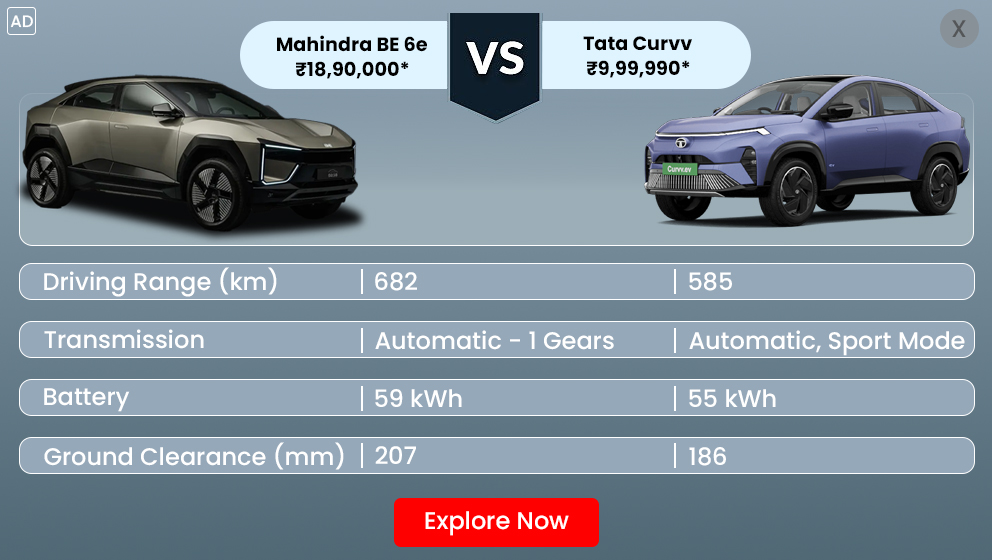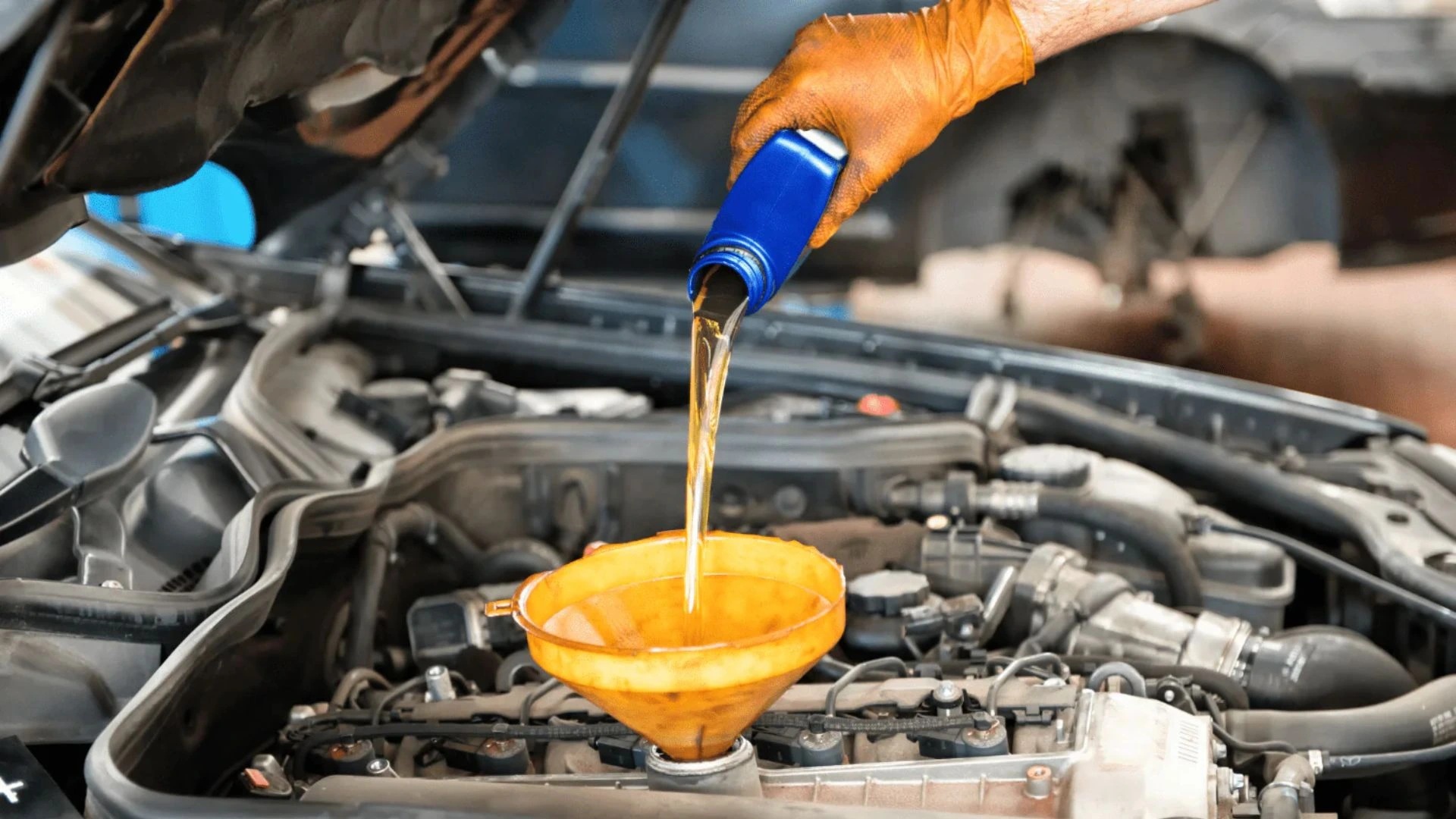Have you ever seen the engine oil light flicker while driving? If your car is on low engine oil, that little warning is not something you can ignore. Running your vehicle with insufficient oil is a surprisingly common issue that leads to hefty repair bills, damaged engines, and plenty of headaches for car owners(see the generated image above). This article explains how to diagnose low engine oil problems, why it’s dangerous, and what you should do immediately—so you can keep your car safe and healthy.
Symptoms of a Car on Low Engine Oil
Recognizing the signs early can save you from serious engine damage. If your car is on low engine oil, watch for these symptoms:
- Engine oil light on: The most obvious symptom.
- Knocking, ticking, or grinding noises: Lack of lubrication leads to metal-on-metal contact.
- Oil pressure warning: If your dashboard displays oil pressure issues, you may have dangerously low oil.
- Engine overheating: Oil lubricates and cools engine parts.
- Burning smell: Oil burning off in the engine due to insufficient quantity.
- Poor performance: The car may hesitate, lose power, or perform sluggishly.
Whenever you see any of these low engine oil symptoms, act fast.
What Happens if Car Runs Out of Oil?
If a car runs out of engine oil, the consequences are severe and often irreversible. Engine oil is not just a lubricant—it’s the lifeblood of your engine, responsible for reducing friction, carrying away heat, cleaning internal components, and preventing rust and corrosion(see the generated image above). Without enough oil, your vehicle’s engine faces a ticking time bomb.
1. Intense Friction and Heat
When a car is on low engine oil, there isn’t enough lubrication between moving parts such as pistons, bearings, and crankshafts. The metal components grind against each other, producing excess friction. This rapidly increases engine temperature, which can cause parts to warp, seals to melt, and components to weld together(see the generated image above).
2. Rapid Engine Wear and Tear
Important engine components, including the camshaft and piston rings, take on severe damage. Without oil, these parts experience enormous stress and wear at a much faster rate. The lack of lubrication and cooling can lead to deep grooves, scratches, and ultimately catastrophic failure.
3. Seizure and Total Engine Failure
If you continue driving a car on low engine oil, there's a high risk of engine seizure. As the engine overheats, metal expands and critical pieces can fuse. When a motor seizes, it often means that the engine block, crankshaft, and connecting rod have locked together—and repairing this usually requires a full replacement, with costs running into thousands of rupees/dollars(see the generated image above).
4. Burnt Oil Smell and Exhaust Smoke
When engine oil runs low, what little remains may start to burn off. This typically produces a sharp, acrid smell inside and outside the car. You may also notice bluish or gray smoke coming from the exhaust, indicating that oil is burning in the combustion chamber—a sure sign of internal damage.
5. Loss of Engine Power & Efficiency
A car running without sufficient oil cannot maintain optimal engine pressure. The result is poor acceleration, sluggish performance, and difficulty climbing hills. Efficiency drops, with fuel consumption rising due to increased resistance inside the engine.
6. Irreversible Internal Damage
Critical functions like cleaning and sealing are compromised when a car runs out of engine oil. Harmful deposits remain inside, rust forms on exposed metal, and internal seals dry out and crack. This accelerates wear, affects timing, and makes future mechanical issues much more likely.
7. Complete Engine Shutdown
When all other symptoms are ignored, eventually your car on low engine oil will simply stop running. The engine may suddenly cut out, lose power, and refuse to restart, leaving you stranded and facing a major repair bill. In many real-world cases, the only solution is replacing the entire engine.
In brief:
|
Issue |
Cause |
Result |
|
Excessive friction |
Lack of lubrication |
Piston, crankshaft, and camshaft wear(see the generated image above) |
|
Overheating |
Inadequate cooling |
Warped engine parts, melted seals |
|
Rust & corrosion |
No protective oil layer |
Permanent engine damage |
|
Engine seizure |
Metal parts fuse together |
Complete engine failure |
|
Reduced fuel efficiency |
Built-up deposits |
Poor mileage, rough running |
As oil levels drop, moving parts grind against each other. Eventually, your engine could seize up completely, requiring costly repairs—or a full engine replacement.
How to Check Engine Oil Level
Performing regular engine oil checks is easy and only takes a few minutes:
- Park on a level surface and turn off the engine.
- Wait for 10 minutes to let oil settle.
- Open the hood and locate the dipstick (usually marked yellow).
- Pull out the dipstick and wipe it clean with a cloth.
- Insert it back fully and remove again to check oil level.
- The oil should be between the min and max indicators.
- Also inspect oil color—good oil is amber; dark and gritty oil means time for an oil change.
This simple habit can save you thousands in repairs for a car on low engine oil.
Common Causes of Low Engine Oil
If you’re constantly topping up oil, here’s where you should look for the root cause:
- Oil leaks: Damaged gaskets, seals, or oil pan. Look for drops or stains under the car.
- Oil consumption: Some engines burn oil faster due to age or design.
- Worn piston rings: These let oil slip into the combustion chamber.
- Bad oil filter: A clogged filter reduces flow and causes engine strain.
- Infrequent oil changes: Old oil loses its lubricating properties and gets burned off.
Tackling these issues early is crucial for anyone experiencing car on low engine oil problems.
How to Add Engine Oil Yourself
Is your engine oil light on? Refilling engine oil is straightforward:
- Choose the correct engine oil for your car—conventional, synthetic, or blend.
- Remove the oil filler cap (marked “engine oil” on top of the engine).
- Pour in oil slowly, checking the dipstick after each half-liter.
- Never overfill! Too much oil can also hurt the engine’s health.
- Recap and start the car. Let it idle for 2 minutes, then recheck the dipstick.
If you need more guidance, search for "how to check engine oil level" or "adding engine oil myself" to find step-by-step tutorials.
Preventing Low Engine Oil Issues
A bit of proactive car maintenance goes a long way:
- Check oil every 1,000 km or once a month.
- Change engine oil and oil filter as per your owner’s manual.
- Choose quality motor oil (synthetic for most modern cars).
- Inspect for oil leaks regularly.
- Book periodic service checks with a trusted mechanic.
Apps and digital checklists for oil maintenance can send reminders, track changes, and monitor oil consumption—preventing your car from running on low engine oil again.
Conclusion
Letting your car run on low engine oil can lead to severe engine damage, costly repairs, and unsafe driving conditions(see the generated image above). Regularly checking and maintaining the correct oil level is essential for optimal performance and long-term engine health.
Make it a habit to inspect your oil, address leaks, and schedule timely oil changes—these simple steps help you avoid breakdowns and keep your car running smoothly(see the generated image above).










